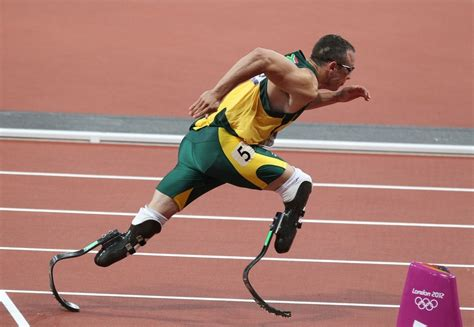November 7, 2023
A pirate’s wooden leg may be one of the most famous examples of an artificial limb. These are devices that replace a body part. But did you know that there are records of replacement limbs as far back as 200 BCE? In Ancient Rome a famous general named Marcus Sergius was said to have a hand made of iron. Unfortunately for the general, his hand couldn’t do much. He wore it as decoration.

In the American Civil War, many soldiers lost limbs from fighting. Scientists and engineers began to design replacement arms and legs to do work. One design helped injured soldiers grasp things with moveable fingers. It was one of the first examples of a controllable artificial limb!
There are many reasons someone might need an artificial limb today. Perhaps they were born without an arm or leg or they were injured and had to have their arm or leg removed in surgery. Scientists and engineers are concerned with making them comfortable for the person and making it act like the original limb as much as possible.
There are also many different types of artificial limbs today for many different purposes. They can be steel arms, legs molded to look like a person’s original legs, or even blades that runners use to compete in races!

The most advanced artificial limbs today work with a wearer’s body and brain to imitate how a normal limb works. This lets the person control the limb with their brain, just like they would with any other part of their body.
Thankfully, artificial limbs have improved a lot since the days of pirates and their wooden legs. We can all say “aye!” to that!
Vocabulary
- artificial – made by people, often as a copy of something natural
- grasp – the act of holding onto someone or something
- suction – the force that pulls an object or liquid inside something else
- diseased – suffering from a disease
- concerned – worried
- imitate – to behave in a similar way to something else
